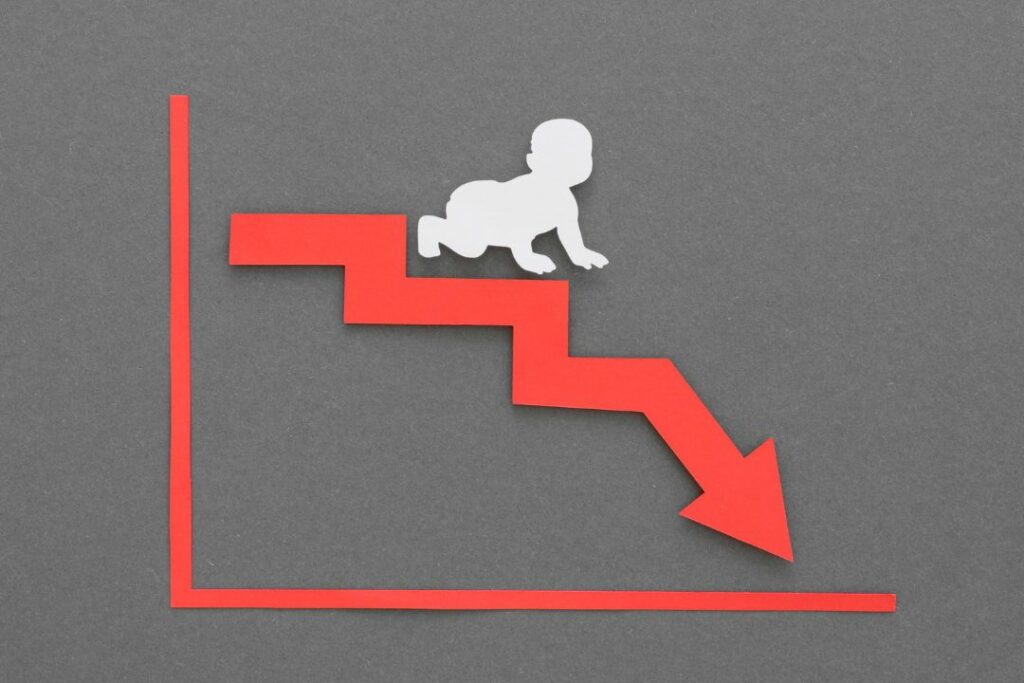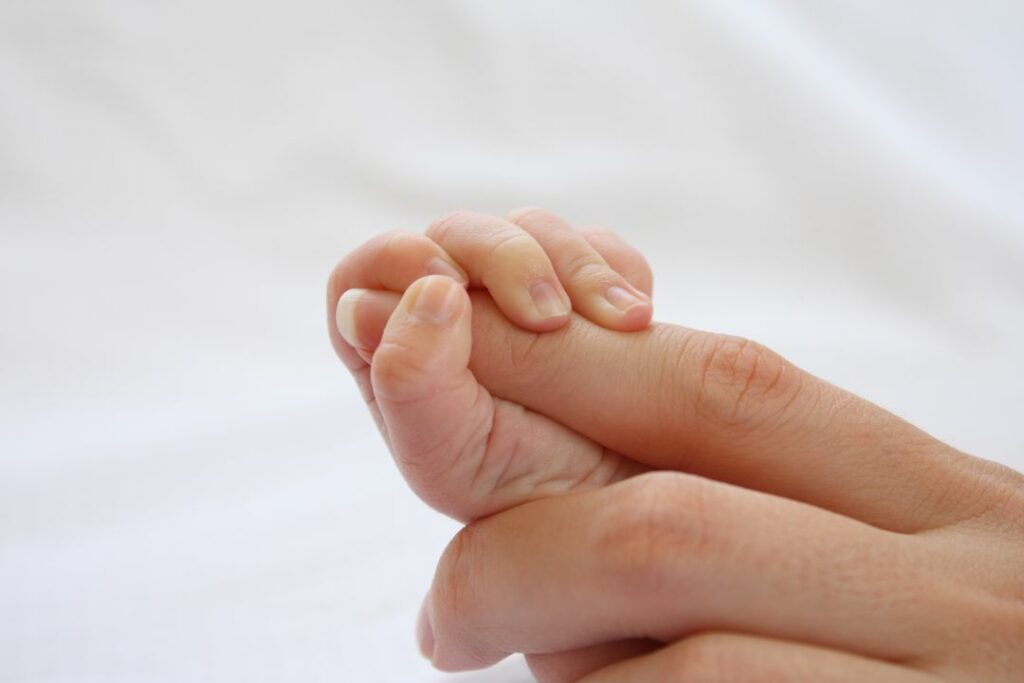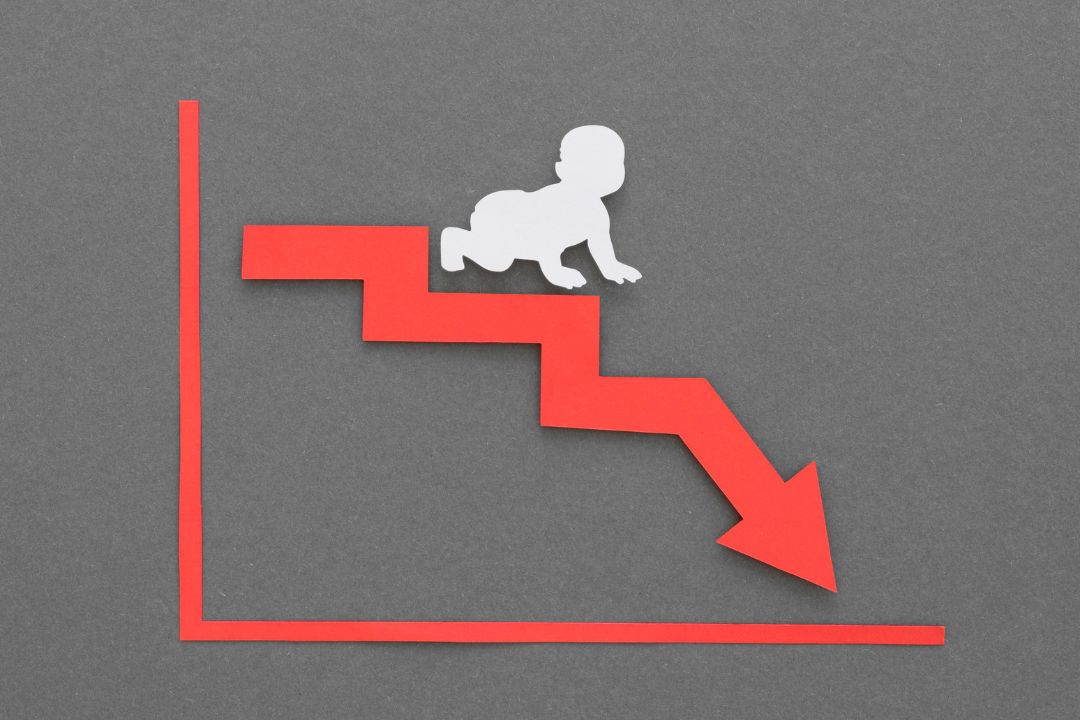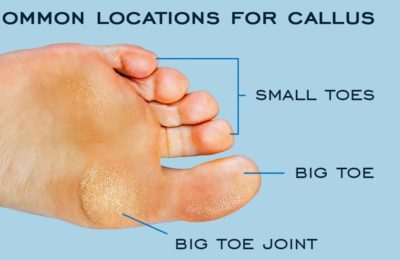New data released by the US Centers for Disease Control and Prevention (CDC) reveals a decline in birth rates across most states in recent years, accompanied by a trend of women having babies at older ages. Despite temporary fluctuations during the early years of the Covid-19 pandemic, birth rates have consistently shown a downward trajectory. This shift in fertility patterns has significant implications for the long-term demographic landscape of the United States.

Understanding the Data
The CDC analysis of birth certificates indicates that approximately 3.7 million babies were born in 2022. The overall fertility rate, measured as 56.1 births per 1,000 women aged 15-44, remained relatively stable compared to the rate of 56.3 in 2021. While there was a brief rise in birth rates in 2021 after a sharp drop in 2020, the overall trend reflects a decline that predates the pandemic.
Factors Influencing Birth Rates
The Covid-19 pandemic influenced behaviors that contributed to the decline in birth rates. Phil Levine, an economics professor at Wellesley College and non-resident fellow at the Brookings Institution, suggests that reduced sexual activity, increased contraceptive use, and a decision to delay parenthood played a role. Additionally, factors like reduced access to prenatal healthcare and closed borders may have further impacted birth rates. It is important to note that drawing conclusions about long-term trends based on the two years affected by the pandemic would be misleading, as the decline in birth rates had already been ongoing.
Long-Term Outlook
Despite the fluctuations witnessed in the past two years, the 2022 data indicates a continued lack of predictability in birth rates. Levine emphasizes that these recent changes should not overshadow the long-term trend of declining fertility rates. The two years of significant swings will have minimal impact on the overall trajectory. The persistence of declining birth rates suggests that the shift towards fewer births has been ongoing and is likely to continue.
Delayed Motherhood

One key factor contributing to the decline in overall births is the increasing age at which women have their first child. Carolina Aragão, a research associate at the Pew Research Center, highlights that women are increasingly delaying motherhood. When individuals have their first child at a later age, they tend to have fewer children overall. This trend aligns with the data showing rising birth rates among women in their late 30s and early 40s. Moreover, for the first time in over a decade, the birth rate among women over 45 has exceeded one birth per 1,000 population.
Teen Birth Rates
The data also reveals a record-low teen birth rate in 2022. The number of births per 1,000 teens aged 15 to 19 decreased from 13.9 in 2021 to 13.5, continuing a downward trend. This decline in teen births may be attributed to various factors, including improved access to sex education, increased availability of contraceptives, and shifts in societal norms.
Conclusion: The CDC data highlights a decline in US birth rates, influenced by factors such as delayed motherhood and the impact of the Covid-19 pandemic. While there were temporary fluctuations, the long-term trend of declining fertility rates remains significant. The increasing age at which women have their first child and the record-low teen birth rates further contribute to this overall decline. Understanding these trends is crucial for policymakers and healthcare providers as they address the implications of changing demographics and plan for future societal needs.



